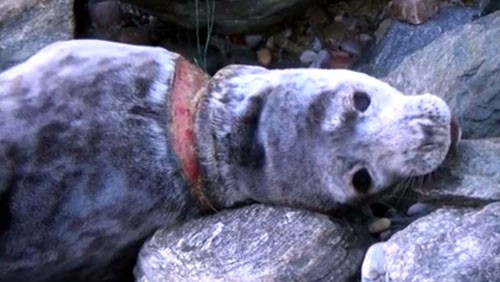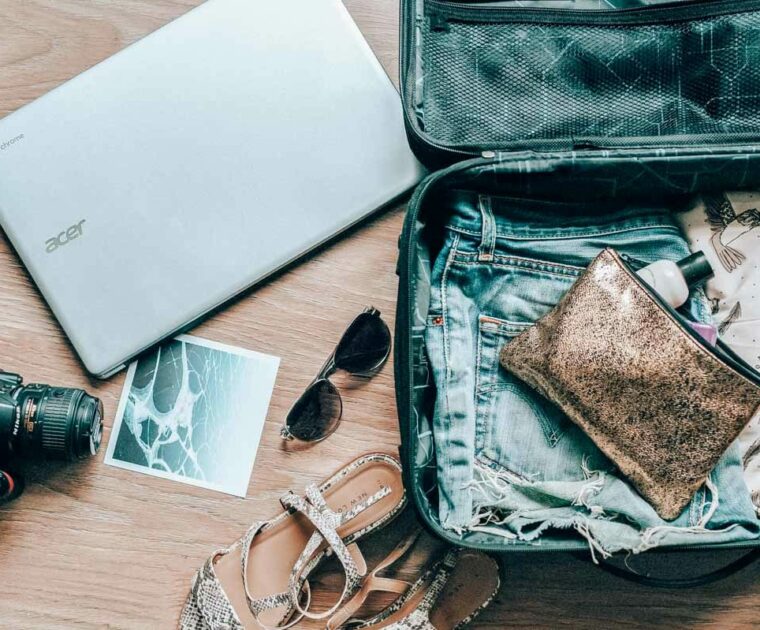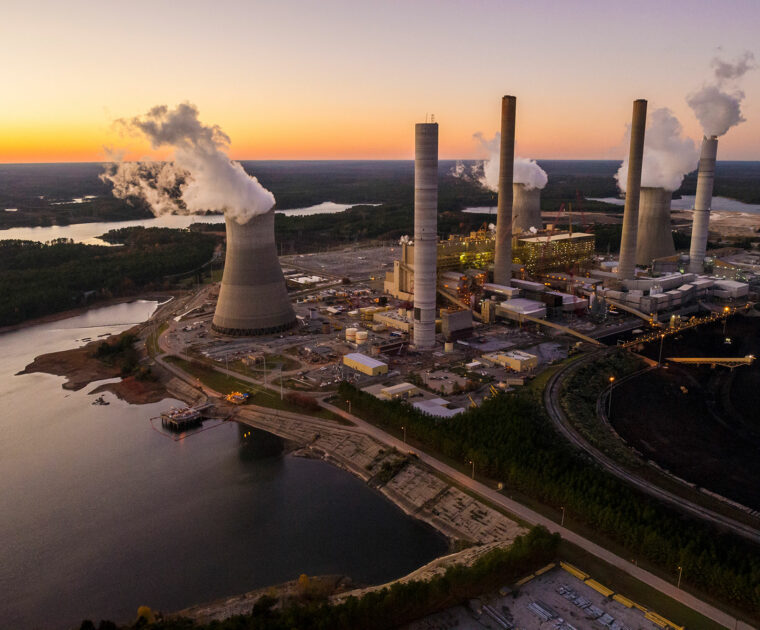
Do you know that plastic was invented only 120 years back? Even though just a hundred years old, we cannot imagine a world before plastic products. Plastic has taken over the planet. Look around, you will find more plastic than all other materials combined. How much time do we actually spare using something that lasts forever? How long did you use that plastic straw? How long were you inseparable from that chips wrapper or that carry bag that you tossed away? The things we did not even use for mere seconds will, in reality, outlive us all. Yes, that’s right, that plastic pollution will stay around for 20 long years, that plastic bottle for 450 years, and fishing lines for 600 years. It’s high time and it has become necessary for us to switch to eco friendly lifestyle.

Ever wondered where do this trash end up? Our landfills are filling up and will no longer be able to hold more wastes. Many developed countries pay money to poor Asian and African countries to dump their wastes in their lands. Instead of reducing their wastes and adopt eco-friendly living, governments are unethically degrading our planet. Countries are dumping their wastes into oceans. It used to be believed that due to the vast size of the ocean, we could dump waste and it would not have any impact.

Did you know that the largest trash site on the planet is underwater?
The logic behind this: Out of sight is out of mind! But how long will they stay blind to everything? The disaster plastic has brought upon us in just a hundred years is irreplaceable but we can stop it from escalating. Still unknown to the war that the planet is fighting against plastic? Guess how many animals get affected by plastic pollution every year?

Around 100 million marine animals die from plastic waste every year. 100,000 marine animals die from getting entangled in plastic. By 2030, there will be more plastic in the oceans than fishes. A truckload amount of plastic wastes gets dumped into the oceans every minute of every day. No wonder, fishes ingest 12-14,000 tons of plastic yearly. Even if we forget what will happen 10 years into the future, the present largest trash site on the planet is actually underwater. Yes, the Great Pacific Garbage Patch is rough twice the size of Texas and here plastics outnumber sea life 6 to 1.

Marine plastic pollution is found in 100% of turtles, 59% of whales, and 36% of seals. Turtles mistake polythene bags as jellyfish, their staple diet. The plastics clog their stomach and kill them. Every now and then, videos of bleeding turtles with jammed plastic straws and earbuds in their nostrils resurface which can be Thousands of turtles and seals die every year by suffocating from plastic straws and earbuds stuck in the nostrils or throats. So instead, use organic cotton earbuds which are biodegradable and eco friendly which don’t harm the wildlife.
Hundreds of seals die from a horrific phenomenon called ‘Ghost Fishing’. They get stuck in the 7,05,000 tonnes of discarded fishing nets in the ocean’s surface and get stuck there, sometimes for months without food. They either starve or suffocate to death.

Even 90% of all seabirds are found to have plastic pieces in their stomachs. Albatrosses and other birds mistake plastics for fish eggs, and they sadly feed them to their chicks, which in turn perish from organ failure or starvation.
And not just the discarded plastic products. These plastic items are broken down into smaller microplastic particles, which can even enter bloodstreams and cause further harm. These microplastics disrupt reproductive systems, stunt growth, diminish appetite, cause tissue inflammation and liver damage, and alter feeding behavior of fishes and other marine and freshwater wildlife. Filter-feeders like sponges, coral ls and ascidians are the worst affected. The fibres remain inside the organisms’ body for 14 days instead of the normal two. The debris entering the gills of the fishes remain stuck forever claiming lives of many. Microplastics were also found in bird droppings, suggesting the shift of the debris along the food chain.
The plastic pollution we once make, tortures the oceans forever. What have they done to deserve this kind of death! What can you do? Raise your voice. Raise awareness. Choose an eco friendly lifestyle. Switch to sustainable products and remember these images before you throw away something irresponsibly. Reduce, Reuse, and Recycle Old Plastic and Give up Plastic to Give back to Nature!
For more eco friendly guides and nature friendly products please visit our website www.ecofaye.com.
INFOGRAPHIC-
- Did you know that plastic was invented some 120 years back?
- A plastic bag will stay around for 20 long years, that plastic bottle for 450 years, and fishing lines for 600 years.
- Around 100 million marine animals die from plastic waste every year.
- 100,000 marine animals die from getting entangled in plastic alone.
- By 2030, there will be more plastic in the oceans than fishes.
- A truckload amount of plastic wastes are dumped into the oceans every minute of every day.
- Fishes ingest 12-14,000 tons of plastic yearly.
- Did you know that the present largest trash site on the planet is actually underwater? Yes, the Great Pacific Garbage Patch is rough twice the size of Texas and here plastics outnumber sea life 6 to 1.
- Marine plastic pollution is found in 100% of turtles, 59% of whales, and 36% of seals.
- Turtles mistake polythene bags as jellyfish, their staple diet. The plastics clog their stomach and kill them.
- Thousands of turtles and seals die every year by suffocating from plastic straws and earbuds stuck in the nostrils or throats.
- Hundreds of seals die from a horrific phenomenon called ‘Ghost Fishing’. They get stuck in the 7,05,000 tonnes of discarded fishing nets in the ocean’s surface and get stuck there, sometimes for months without food. They either starve or suffocate to death.
- Even 90% of all seabirds are found to have plastic pieces in their stomachs. Albatrosses and other birds mistake plastics for fish eggs, and they sadly feed them to their chicks, which in turn perish from organ failure or starvation.
- Microplastics disrupt reproductive systems, stunt growth, diminish appetite, cause tissue inflammation and liver damage, and alter the feeding behavior of fishes and other marine and freshwater wildlife. Filter-feeders like sponges, coral is and ascidians are the worst affected.
- The debris entering the gills of the fishes remains stuck forever claiming the lives of many. Microplastics were also found in bird droppings, suggesting the shift of the debris along the food chain. And the most disturbing news, in a study by the Arizona State University, they found Microplastics in human tissues as well.






Leave a Reply